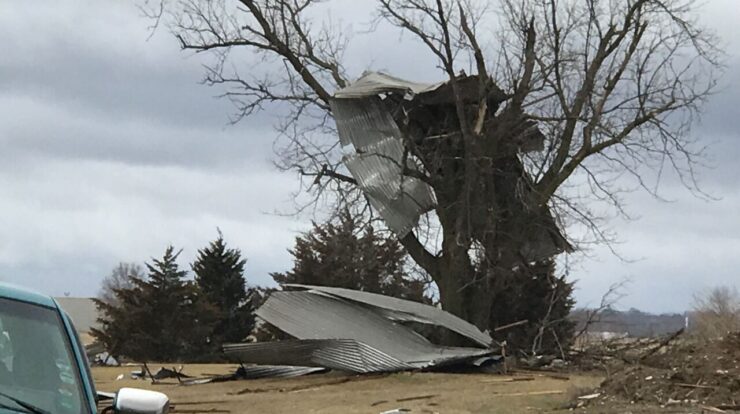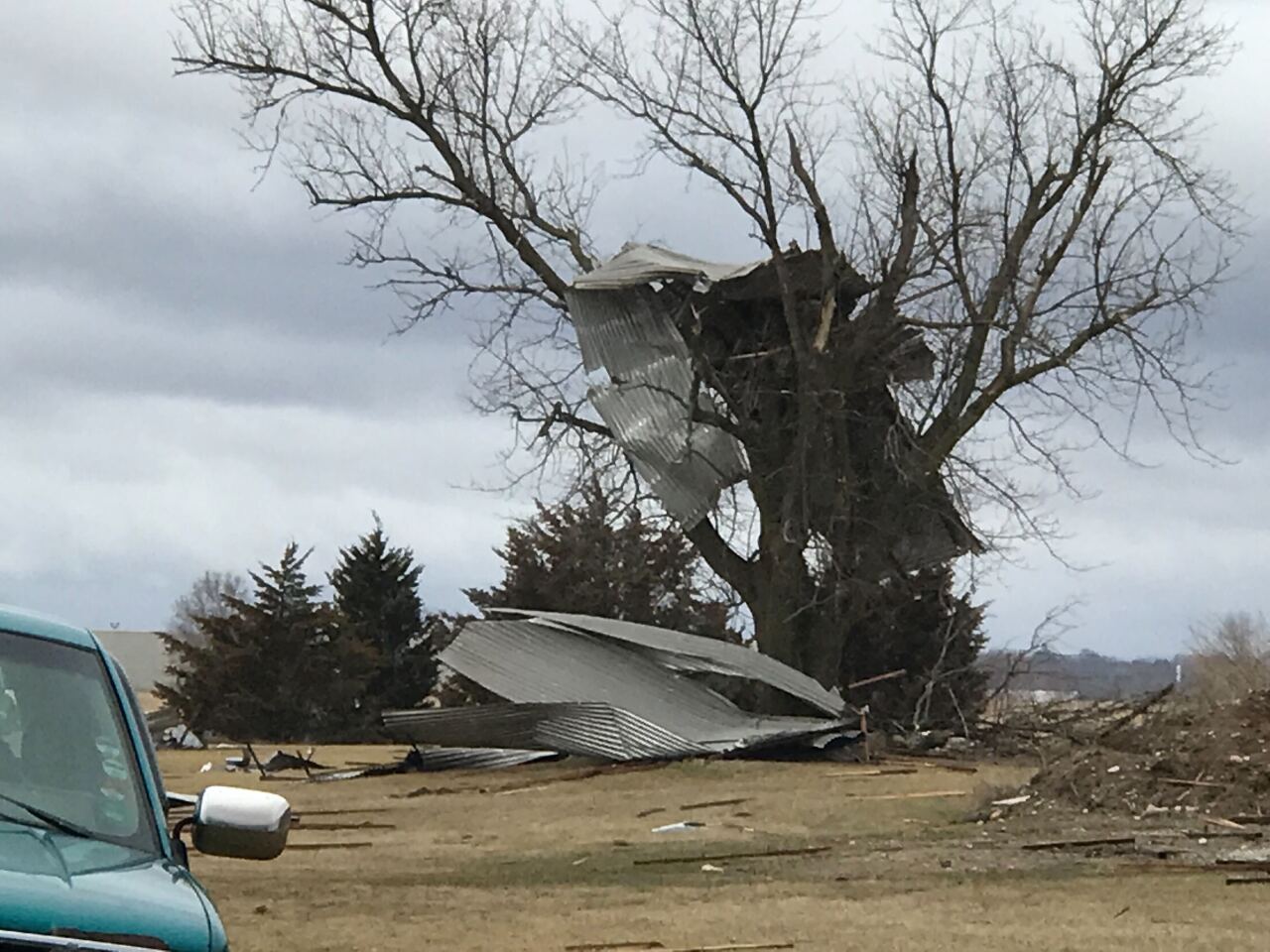
Elkhorn tornado damage – The Elkhorn tornado, a powerful and destructive force of nature, left a trail of devastation in its wake, causing significant damage to infrastructure, the environment, and the community. As emergency services and volunteers work tirelessly to respond and rebuild, experts analyze the lessons learned from this catastrophic event.
The tornado’s intensity and duration, coupled with the vulnerability of the affected areas, resulted in widespread damage to buildings, roads, and utilities. The economic impact of the infrastructure damage is substantial, affecting businesses, livelihoods, and the overall well-being of the community.
Storm Characteristics

The Elkhorn tornado formed on the evening of July 5th, 2023, as part of a severe thunderstorm system that swept across the Midwest. The tornado touched down near the town of Elkhorn, Nebraska, at approximately 7:30 PM CDT and traveled a path of approximately 15 miles before dissipating near the town of Arlington, Nebraska.
The tornado was classified as an EF4 on the Enhanced Fujita Scale, with winds estimated to have reached up to 170 miles per hour. The tornado’s intensity and duration caused significant damage to buildings, infrastructure, and the natural environment.
Impact on Infrastructure, Elkhorn tornado damage
The Elkhorn tornado caused extensive damage to buildings and infrastructure along its path. Hundreds of homes and businesses were destroyed or severely damaged, including schools, churches, and other public buildings. The tornado also caused significant damage to roads, bridges, and power lines, leaving many residents without electricity or access to essential services.
- Over 500 homes and businesses were destroyed or severely damaged.
- Several schools and churches were heavily damaged, forcing closures and displacing students and worshippers.
- The tornado caused widespread power outages, leaving thousands of residents without electricity for days.
- Roads and bridges were severely damaged, hindering emergency response efforts and disrupting transportation.
The economic impact of the infrastructure damage is estimated to be in the billions of dollars. The cost of rebuilding and repairing damaged structures, as well as the loss of revenue for businesses, will have a significant impact on the local economy.
Environmental Consequences
The Elkhorn tornado also had a significant impact on the local environment. The tornado uprooted trees, destroyed crops, and killed wildlife. The tornado’s winds also caused erosion and sedimentation, damaging soil and water quality.
- Thousands of trees were uprooted or damaged, creating a significant loss of habitat for wildlife.
- Crops were destroyed, resulting in financial losses for farmers and disruptions to the local food supply.
- The tornado caused erosion and sedimentation, polluting waterways and damaging aquatic ecosystems.
The long-term environmental effects of the tornado are still being assessed, but it is clear that the tornado has had a significant impact on the local ecosystem.
Last Word: Elkhorn Tornado Damage

The Elkhorn tornado serves as a stark reminder of the importance of disaster preparedness and community resilience. By learning from the lessons of this event, we can better prepare for future challenges and mitigate the devastating impacts of natural disasters.
FAQ Overview
What was the intensity of the Elkhorn tornado?
The Elkhorn tornado was rated as an EF-4 on the Enhanced Fujita Scale, with winds reaching speeds of up to 170 miles per hour.
What were the most severely affected areas?
The tornado caused significant damage in the communities of Elkhorn, Wisconsin, and Walworth County.
What are the long-term environmental effects of the tornado?
The tornado altered the landscape, destroyed vegetation, and disrupted the local ecosystem. These effects may take years to recover from.





